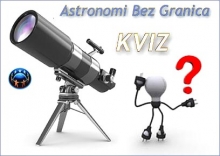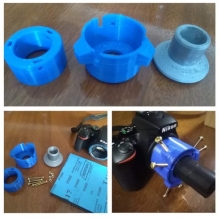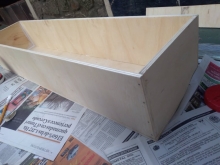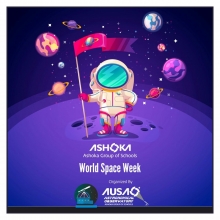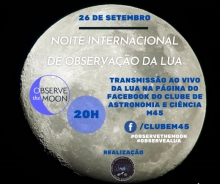If you have had a look at Lunar Explorations (Observing Challenge) then you will know that in the past many observers thought they saw changes on the surface of the Moon, we now know that this is not the case, the surface of the Moon is not actively changing. However, as you will discover by completing the two activities in this challenge, the Moon as seen from the Earth does change over the course of its orbit. It changes in apparent size and also in how much of the surface we can see.
1. Compare the size difference between Moon at apogee and perigee
A direct comparison between the different apparent sizes of the Moon at apogee (the Moon’s farthest point in its orbit around Earth) and at perigee (the Moon’s closest point) can be made on the nights of April 1 and April 17. (If you miss the April 1 event, apogee again occurs on April 29.) Simply take a digital photo of the Moon on those nights using the camera’s full optical zoom feature. Be sure to properly focus the camera and be careful not to overexpose the images. Then, directly compare the two Moon sizes on a computer using the same image scale. The April 1 gibbous Moon will be found to be about 10% smaller than the April 17 crescent Moon seen in the dawn sky.
2. Discover lunar libration, seeing the far side of the Moon
Libration during the month, northeast rim:
- April 4, neutral (full Moon)
- April 10, southwestern limb maximum (Mare Crisium in darkness and can’t be seen)
- April 24, northeastern limb maximum
One interesting consequence of the Moon’s elliptical orbit is the phenomenon known as libration. The Moon presents the same hemisphere toward Earth as it orbits our planet. Therefore, we always see its same side, we never see the far side. Strangely though, during each month, we are able to observe about 59% of the lunar surface.
The Moon traces an elliptical path around Earth. One of the features of a body moving in an elliptical orbit is that, when it is nearer to the parent body, it moves faster, and when it is farther, it moves slower. Therefore, the Moon moves slowest at apogee and fastest at perigee. All the while, the Moon rotates at a constant rate, completing one full rotation every lunar orbit. As a result of these two factors – the changing speed of the Moon in its orbital path and its constant rotational rate — plus the changing curvature of its orbital path, observers on Earth are able, at times, to see slightly around the western limb of the Moon, and, at other times, to see slightly around the eastern limb. This is an east-west libration.
There is also a north-south component, because, at times, the Moon is either slightly above or below the ecliptic, permitting observers on Earth to see slightly over the Moon’s south or north polar regions, respectively.
Observe Mare Crisium and photograph it using a digital camera at full optical zoom. Be sure to focus the camera and be careful not to overexpose the image. Do this on April 4 at full Moon and again on April 24. (It would have been best to also take a shot on April 10, but the Moon’s western limb lies in darkness and can’t be clearly seen.) Download the two images on a computer displaying the same image scale. Closely examine the lunar surface from the eastern edge of the mare to the limb and note its relative distance. The April 24 image should show more area than the April 4 image, revealing a few craters that are normally hidden just out of sight on the back side of the Moon. This is best observed through a telescope. (Libration of the western limb occurs in the daytime this April.)
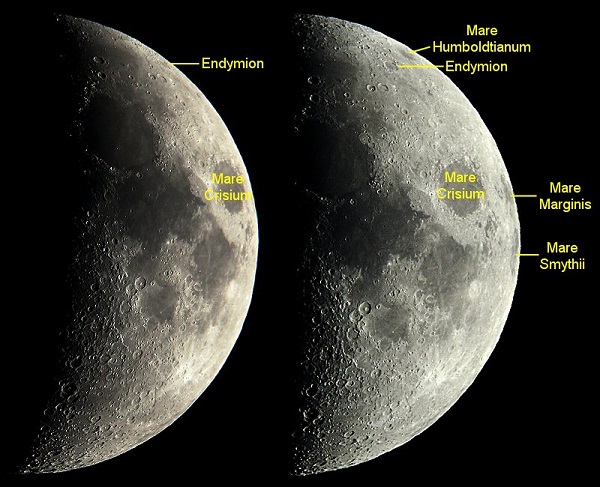
Moon libration. Note the change in position of Mare Crisium. Image from Observational Astronomy by David Haworth.
Share your images and observations with the world on Facebook, the Flickr group, or Tweet using #GAM2015 hashtag (@gam_awb).









